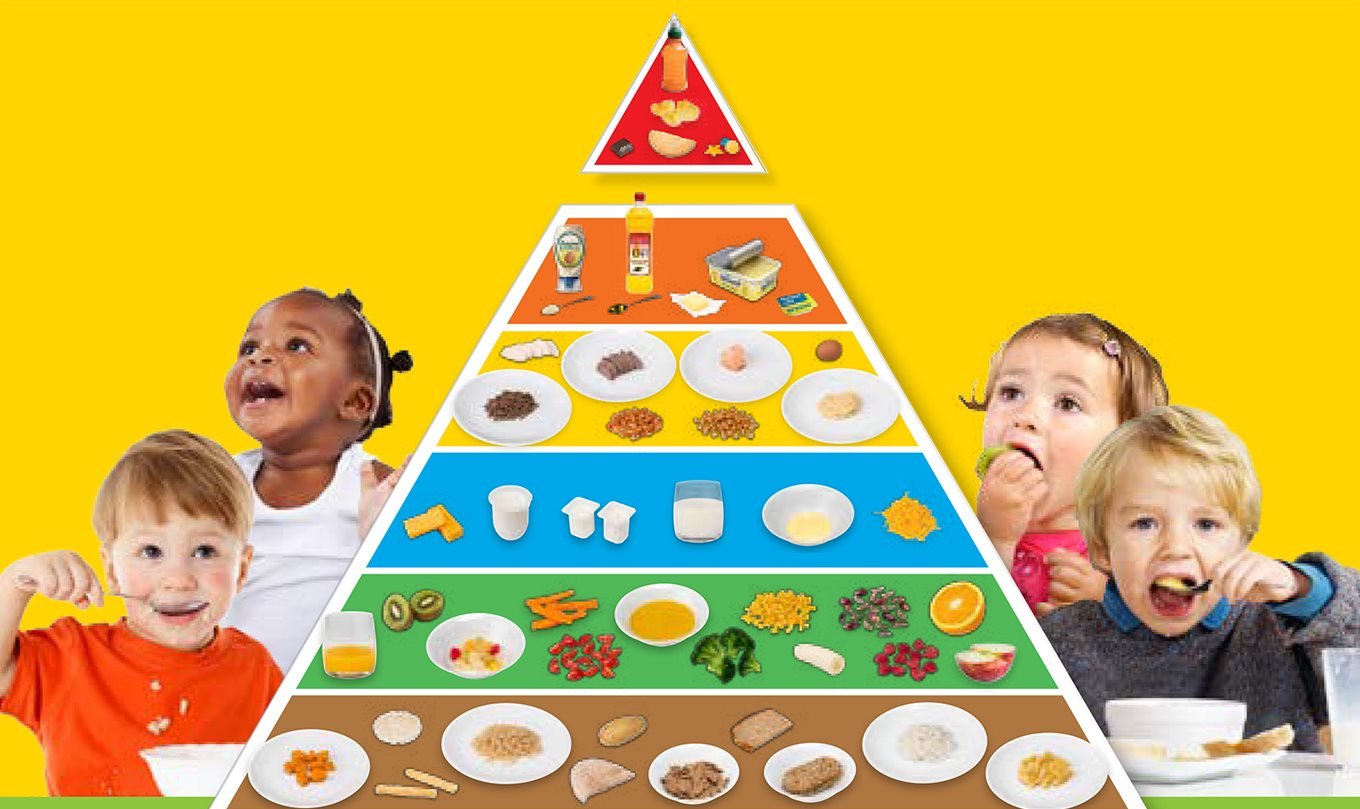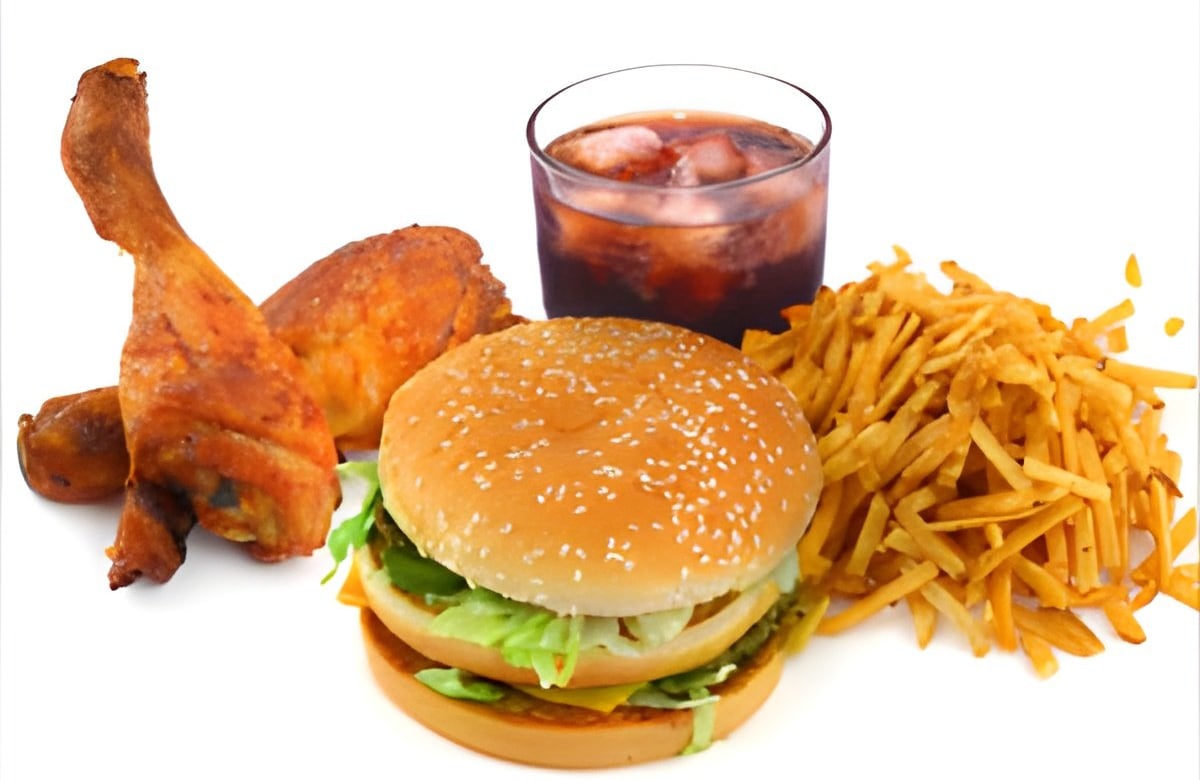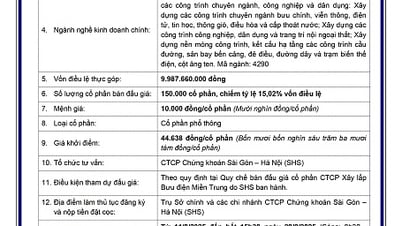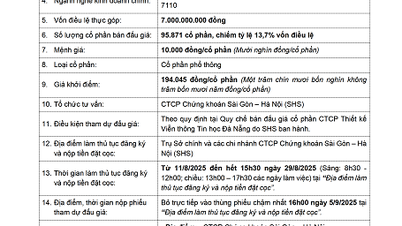Parents want their children to eat healthy foods, but many are unaware of what nutrients they need.
According to the latest nutritional guidelines of the Ministry of Health , the diet needs to include adequate, balanced and varied daily foods; reasonably combining foods of animal and plant origin.
In fact, nutrition for children is based on the same ideas as nutrition for adults. Everyone needs the same types of nutrients, such as vitamins, minerals, carbohydrates, proteins, and fats. Children need different amounts of specific nutrients at different ages.
The best diet for children's growth and development depends on their age, activity level, and other characteristics.

Good nutrition is the foundation for healthy child development.
1. Nutrient-rich foods
Nutrient-dense foods that have little or no added sugar, saturated fat, or salt are considered nutrient-dense foods. Focusing on nutrient-dense foods helps children get the nutrients they need while limiting overall calories.
Here are some nutritious foods:
Protein: Seafood, lean meat, poultry, eggs, beans, peas, soy products, unsalted nuts.
Fruit: Encourage your child to eat a variety of fresh fruit. If eating canned fruit, look for canned fruit packed in the fruit's own juice to ensure low added sugar content.
Vegetables: Eat a variety of fresh vegetables. Choose peas, beans, and colorful vegetables each week. When choosing canned or frozen vegetables, look for lower sodium varieties.
Grains: Choose whole grains, such as whole-wheat bread or pasta, oats, popcorn, quinoa or brown rice.
Dairy: Encourage your child to eat and drink fat-free or low-fat dairy products, such as milk, yogurt, and cheese. Fortified soy beverages also count as milk.
2. Which foods should you limit calories from?

Fried foods, high in fat and sugar are harmful to children.
Added Sugars: Naturally occurring sugars such as those found in fruit and milk are not added sugars. Examples of added sugars include brown sugar, corn sweeteners, corn syrup, and honey. To avoid added sugars, check the nutrition label. Choose cereals with minimal added sugars. Avoid sodas and other drinks with added sugars. Limit juice servings; if your child drinks juice, make sure it is 100% juice with no added sugar.
Saturated fat: Saturated fat is found mainly in animal food sources, such as red meat, sausage, poultry, butter and other whole milk products. Pizza, sandwiches, burgers… are common sources of saturated fat. Desserts such as cakes and ice cream are another common source of saturated fat. When cooking, look to replace saturated fat with vegetable oils, seed oils, which provide essential fatty acids and vitamin E.
Salt: Avoid giving your child too much salt in their daily diet. Another name for salt is sodium. Salt can be hidden in sandwiches, where sodium is added to bread, meat, condiments, and toppings. Processed foods, such as pizza, pasta dishes, and soups, are often high in salt. Encourage your child to snack on fruits and vegetables instead of chips and cookies. Check nutrition labels and look for products that are low in sodium.
If parents have questions about child nutrition or specific concerns about their child's diet, talk to their doctor or dietitian.

Healthy foods provide vitamins and minerals, fiber, protein, and probiotics to support your child's physical development, cognitive function, and overall health.
3. Ten tips for proper nutrition by 2030 from the Ministry of Health
Tip #1: Eat a balanced, varied diet every day; combine foods of animal and plant origin appropriately.
Tip #2: Eat micronutrient-rich foods daily; vegetables, tubers, and fruits of different colors. Read the nutritional information on food labels carefully before purchasing and consuming.
Tip #3: Eat protein-rich foods in moderation; eat fish, poultry and nuts in your daily meals; eat red meat in moderation.
Tip #4: Drink enough water every day.
Tip #5: Pregnant women and breastfeeding mothers should follow a healthy diet; supplement iron and folic acid or multivitamins as directed.
Tip #6: Breastfeed within the first hour of birth, exclusively breastfeed for the first 6 months; introduce appropriate complementary foods and continue breastfeeding until 24 months of age or beyond.
Tip #7: Limit fried foods, greasy fast foods, salty foods, sugary foods, sugary drinks, and alcohol.
Tip #8: Be safe in selecting, preparing and storing food.
Tip #9: Organize family meals well. Eat enough meals (breakfast, lunch, dinner) appropriate to your age, don't eat too much, don't skip meals.
Tip #10: Maintain and control a healthy weight; lead an active lifestyle and increase physical activity appropriate to your age and health status.
Source: https://giadinh.suckhoedoisong.vn/cha-me-nen-biet-ve-che-do-dinh-duong-lanh-manh-cho-tre-em-172241204161544476.htm




































































































Comment (0)